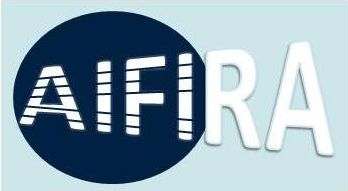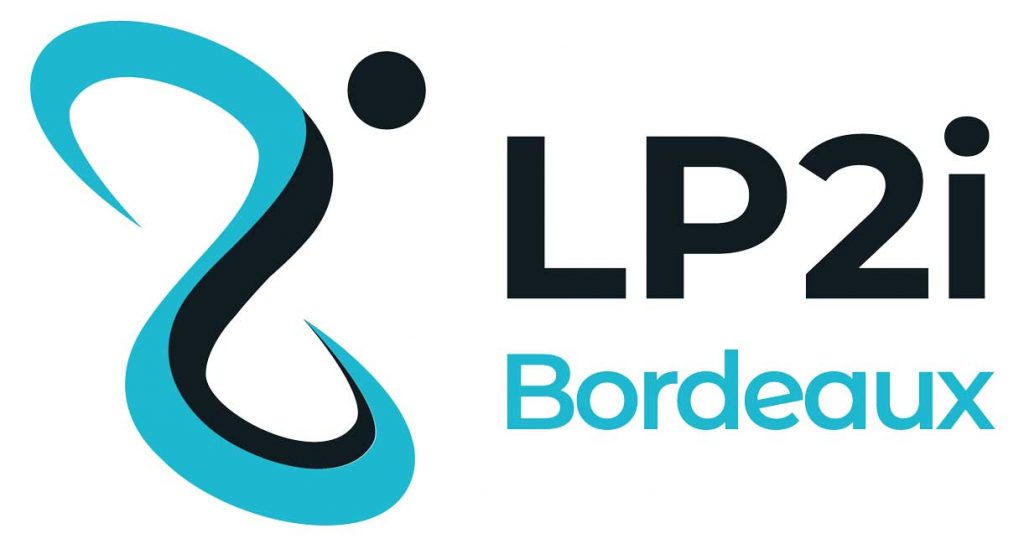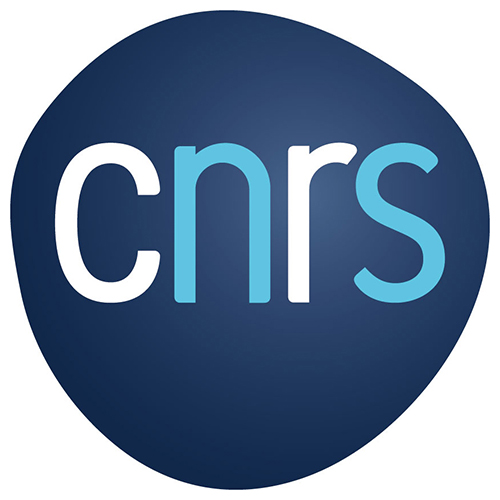facility
AIFIRA

Introduction
AIFIRA (Applications Interdisciplinaires des Faisceaux d’Ions en Région Aquitaine), supported by CNRS-IN2P3 and the Bordeaux University, is composed of a 3.5 MV Singletron accelerator associated with five beamlines. Those beamlines and it associated detection setup enable the exploration of a wide range of themes at the intersection of multiple disciplines. Consequently the activity is multidisciplinary thanks to the various scientific themes developed on a daily basis.(https://www.lp2ib.in2p3.fr/aifira/)
Available analyses and possible applications
Three beamlines are equipped to combine the different analyses available with ion beams:
# IBIC (Ion Beam Induced Charge Collection): controlled irradiation in energy, flux and fluence for the characterization of detectors and setup.
# ERDA: quantitative analysis, imaging and depth profile of hydrogen at millimetric and micrometric scale.
# RBS: quantitative analysis, imaging and depth profile of elements at millimetric and micrometric scale.
# NRA & PIGE: quantification, imaging and depth profile of light elements and their isotopes through nuclear reactions at millimetric and micrometric scale.
# PIXE: quantification and imaging of all elements with Z > 11.
# STIM (Scanning Ion Transmission Microscopy): imaging in density contrast of thin samples.
The technical offer allows:
# the identification and quantification of major and trace elements in thin films and thick materials, biological matter, archaeomaterials…
# the identification and quantification of isotopes for light elements (from H to F),
# the imaging and the depth profile at the micrometer scale,
# the light ion irradiation with precisely controlled doses and spot size,
# the irradiation with secondary fields of monoenergetic neutrons and gamma rays,
# the characterization and calibration of detectors and setup used for fundamental physic applications.
Technical description
Accelerator
- Singletron (HVEE)
- 1H+, 2H+, 4He+
- From 500 keV to 3.5 MeV
- Maximal available current : 100 µA
External beam
- Handle samples that cannot be put into vacuum chamber
- PIXE, PIGE, and RBS
- Beam size 500 µm
- Beam current from 100 pA to 1 nA
- Extraction window: 12 µm Kapton or 300 nm Si3N4
- Motorized samples within 3 axes (x = 540 mm, y = 186 mm, z = 525 mm; Precision: 1 mm) for automated sample positioning and mechanical scans
Macrobeam
- Handle samples with maximal size of 25 x 25 x 3 mm3
- ERDA, RBS, NRA, PIXE, PIGE
- Beam size from 500 µm to 5 mm
- Beam current from 100 pA to 100 nA
Microbeam
- Handle samples with maximal size of 10 x 10 x 5 mm3
- ERDA, PIXE, RBS, NRA, ERDA, SED, STIM, IBIC
- Beam size from 500 nm to 300 µm
- Beam current from 10 ion/s to 100 nA
- Electrostatic beam fast rastering from 10 µm2 to 1 mm2
- Motorized samples within 4 axes (x = 100 mm ; y = 50 mm ; z = 5 mm ; θ = 360 ; precision 1 µm/0,05°) for automated sample positioning
- Sample visualisation with dedicated optics in reflection and transmission mode
Physic beam
- Handle all setup and detectors for irradiation with light ions, gamma, and monoenergetic neutrons, and IBIC
- Beam size 3 x 3 mm2
- Beam current from 1 nA to 100 µA
- Monoenergetic neutrons and gamma are produced by specific target
Contact
LP2i Bordeaux
Site du Haut Vigneau | 19 chemin du Solarium
33170 GRADIGNAN
- Mail : contact-aifira@lp2ib.in2p3.fr
- Facility scientific leader : S. Sorieul
- Facility operation manager : J. Jouve
References
![]()
- 2021 : P. Barberet , J. Jouve, S. Sorieul, P. Alfaurt, L. Mathieu, AIFIRA: a light ion beam facility for ion beam analysis and irradiation, Eur. Phys. J. Plus 136:67. DOI : 10.1140/epjp/s13360-020-01045-9
- 2014 : S. Sorieul, Ph. Alfaurt, L. Daudin, L. Serani, Ph. Moretto, Aifira: An ion beam facility for multidisciplinary research, NIMB 332 : 68. DOI : 10.1016/j.nimb.2014.02.032
![]()


